Caregiver Brand Archetype – Everything You Need to Know
The caregiver archetype is one of the 12 brand archetypes that we use to make brands feel more human and give them a personality. The name gives us a glimpse into what this archetype may be about. However, let’s have a closer look.
What is the caregiver archetype?
The caregiver takes meaning from supporting others. This brand is moved by helping and kindness. It aims to ensure that people experience well-being.
The biggest fears for the caregiver are:
- The disregard of loved ones
- Instability as a result of the effects on the weaker.
The caregiver archetype resonates with consumers who want to be remembered without being patronized or forced into their engagement with brands. Aggressive advertisement campaigns will alienate those who resonate with the caregiver, whereas emotionally motivated ads hit the right chords.
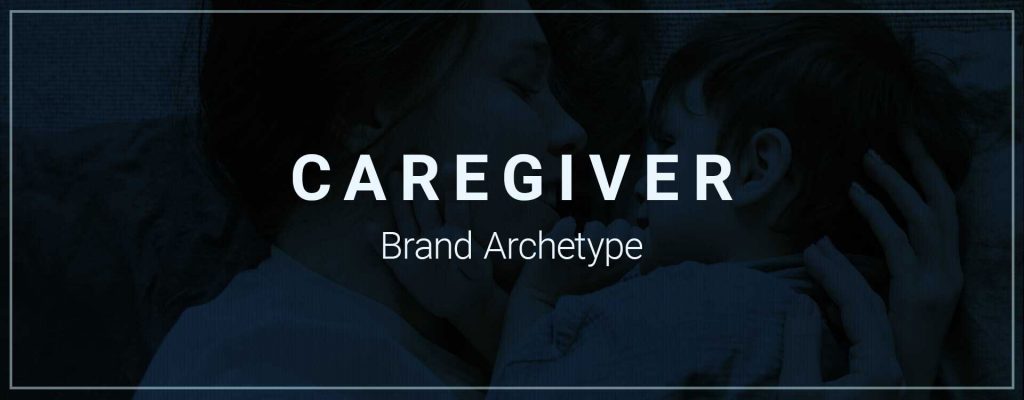
The caregiver brand is motivated by its desire to defend it. In one way or another, it exists to offer treatment. This may be done by its products or services, but it relies on its brand goal, purpose or purpose in a wider sense. In reality, both businesses should have a bit of the caregiver brand to ensure their target customers are empathized and cared for.
The caregiver can be generous, caring and optimistic, but can be viewed as dishonest and co-reliant on the negative.
A caregiver’s brand promise is usually along the lines of promising to protect their customers.
When you’re looking for your caregiver, think no further than health services, insurance, tax plans, non-profit organizations. Less apparent may be brands that have to do with repairs or repairing damaged things—activities such as washing, mending clothing, gardening, or general upkeep—all call upon the Caregiver’s propensity to nurture. Companies who do these items on a wide scale will play into the Caregiver archetype very effectively. Auto brands that stress the safety of their cars can therefore successfully project the Caregiver mindset. After all, no father will ever think his teenager’s car dangerous!
What is the caregiver archetype according to Jung?
It’s loving and responsible for others as well as being very kind. Examples: Johnson & Johnson, Campbell’s Soup.
What are the other names for Caregiver?
Guardian
The Guardian is a fiercely protective advocate of others. The Guardian seeks to uphold customs and beliefs by giving guidance and caring supervision. The Guardian’s biggest challenge is that it may exaggerate or abuse its strength.
Samaritan
In his quest to love your neighbor as yourself, the Samaritan is selfless and kind. This sub-archetype is a demonstration of sympathy. It makes sense to relieve the pain of others. However if not attentive, the Samaritan will face the test of self-martyrdom.
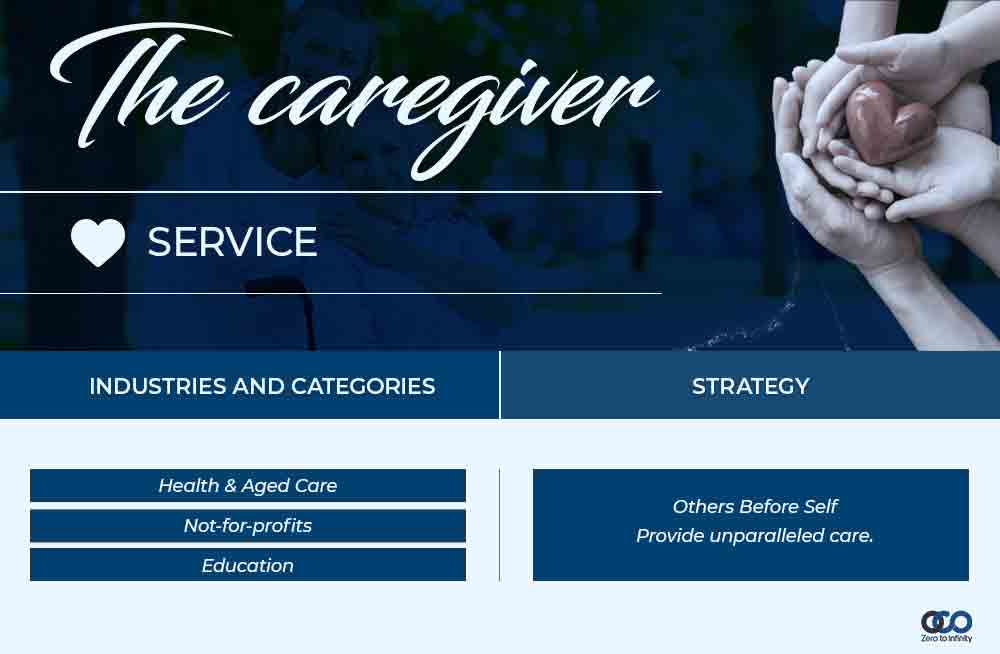
Healer
High on sensitivity, the healer serves as a conduit to completeness by providing ideal conditions for healing to happen spontaneously. This sub archetype remains full of confidence and remains receptive to others’ feelings with strong doses of hope and empathy. Sadly, if you hold yourself to the belief that the only valid solution will be to surrender to ego.
Angel
The sub-archetype of the Angel exudes innocence and modesty. With endless love, the Angel brings peace and laughter while offering support and warmth. As the name suggests, the Angel will help guide people to improve their lives for the better—including promoting divine ties and miracles. For the Angel, the challenge is to have an unrealistic outlook—to disregard something negative to concentrate instead on the positive.
What are the Caregiver brand archetype characteristics?
- Sustained focus on the needs of the company’s customers
- An urge for donating time, attention, and money to assist customers
- The willingness to notice when someone needs support and offer the ability to help
- A responsible and friendly way of doing business
- A positive approach to group engagement
- A track record of stability and support for others
What are the Caregiver brand archetype colors?
- Blue
- Turquoise
- White
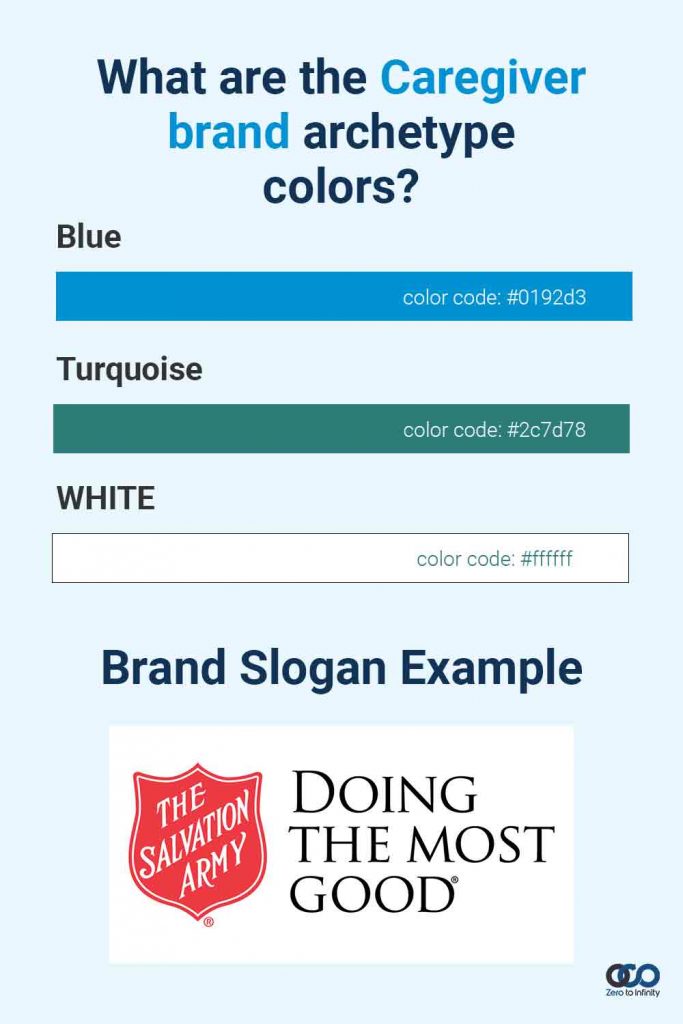
Brands such as Johnson & Johnson use blue and white because they are a committed and seemingly innocent brand. Because of that, it would make sense to use the two colors that match their brand’s vision and message.
What is Caregiver’s archetype tone of voice?
A warm, gentle and inviting is the Caregiver brand’s tone. They are not confronted at all. They will tell you that you’re not alone and that it will be okay.
What are the Caregiver archetype examples in literature?
- Princess Diana
- Mother Thersea
- Paula Dean
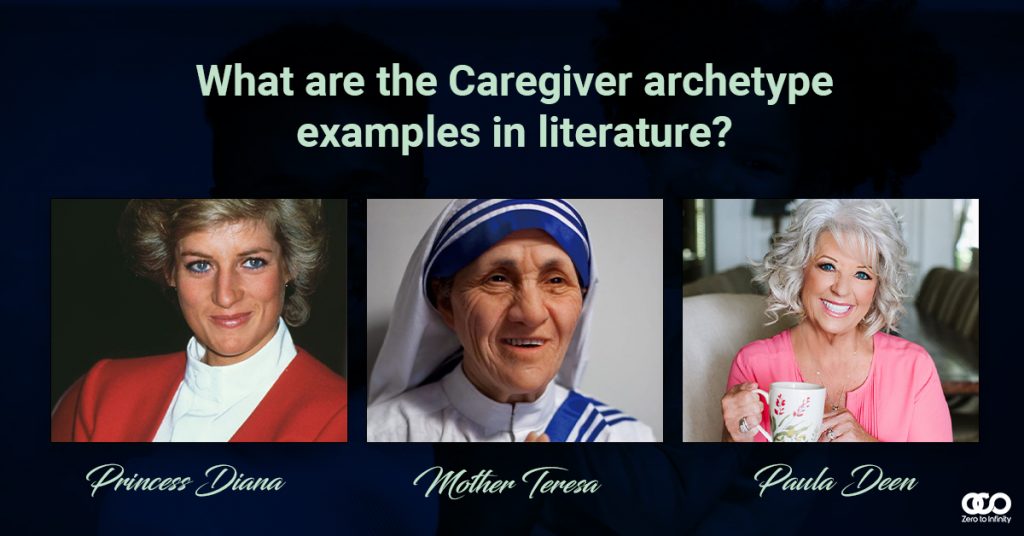
These people have nurturing souls and they’ve always wanted to help others. They’ve contributed a lot of their time (and money) to charities. They’ve used their fame for humanitarian causes.
What are the Caregiver archetype examples?
Salvation Army
The Caregiver archetype is strongest in altruism, which emphasizes meeting the needs of the entire world. The Salvation Army is at this point an apt representation of the archetype of the Caregiver.
The Salvation Army has been among the most trusted NGOs in America for years. They have successfully established themselves with the label “Doing the Most Right” by delivering social services to the poor for over a century.
“Passionate,” they publish their marketing approach online, which requires their brand personality. Merciful. Merciful. Nice. Good. Elevation. Elevation. “The Salvation Army is a charity that maximizes the contribution of individuals who wish to impact their lives positively.”
Whenever the ringing bell’s tone is heard during Weihnachts, one of the red kettles of the Salvation Army’s is nearby to gather the loss of the shoppers. The red bowl is part of the brand of the Wellness Force. The “Red Kettle Reason,” a promotion run in the holiday season to promote their organization, is one of its seasonal marketing drives.
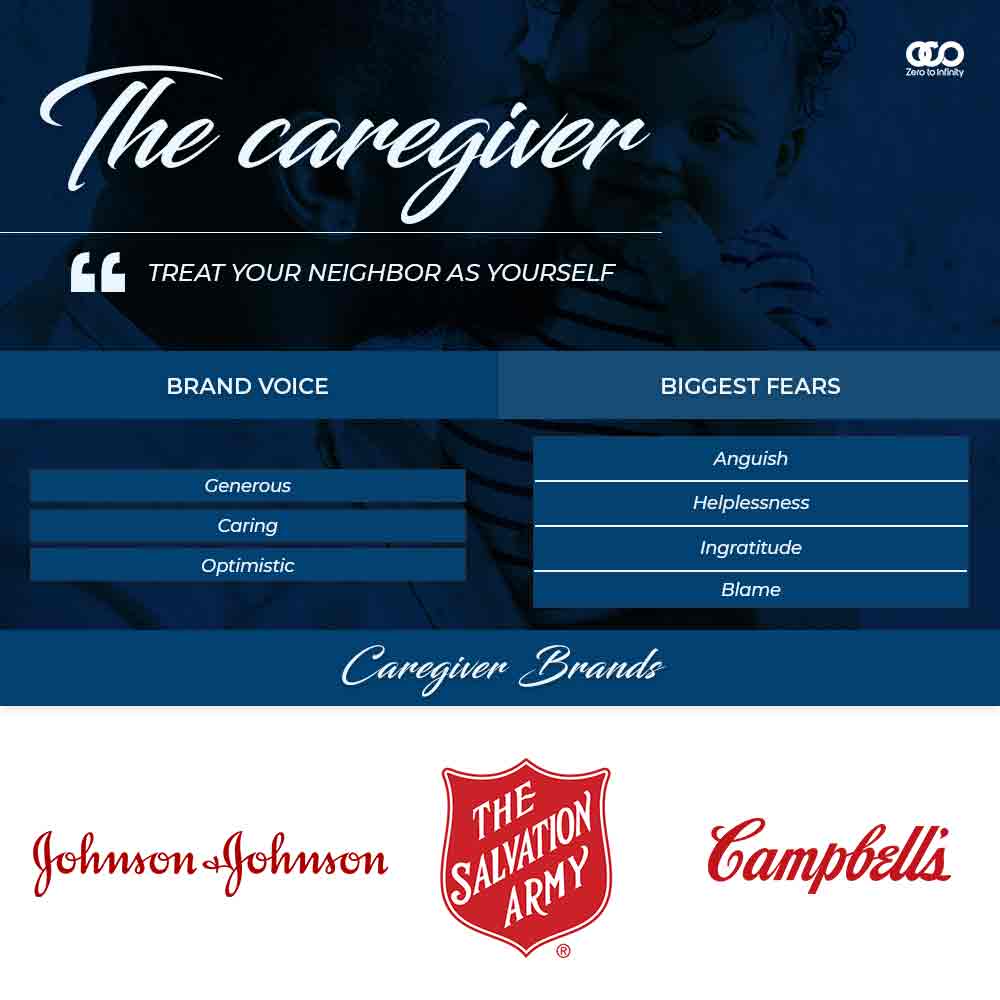
Campbell’s
It’s only logical that Campbell’s Soup will take the Caregiver archetype of its brand from warm combinations of hot soup and their supposed therapeutic curing forces. From the start, their soup ads emphasized the nutritional information of their products and how they brought the family together.
How do customers feel about Caregiver brands?
Caregiver brands’ consumers feel well-loved and protected against damage. They know that the company takes care of them and that the brand is serious about their well-being.
Summary
Ask yourself: do you put a high priority on serving or protecting others? Is your purpose to support people with a sacrificial commitment to others to animals, to humanity or the entire world? If you replied yes you probably have a Caregiver for your brand. You should do everything you can to simply and reliably express these principles, even in your ads.




